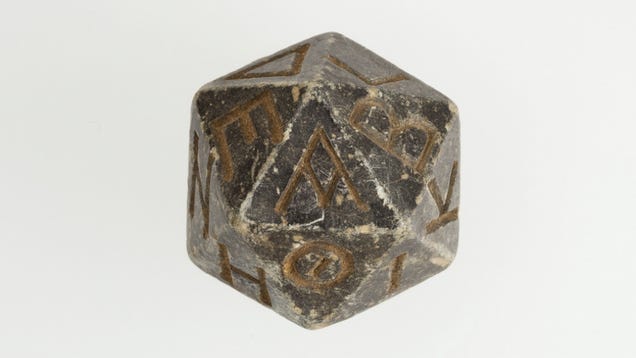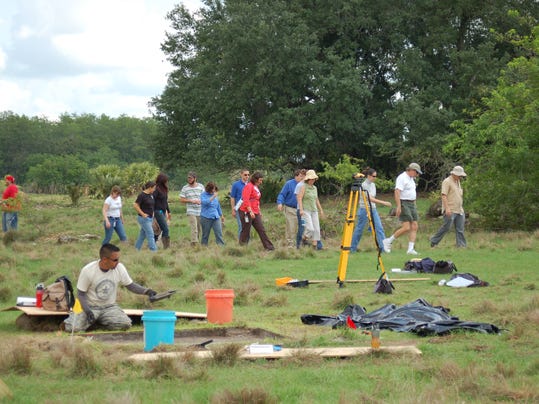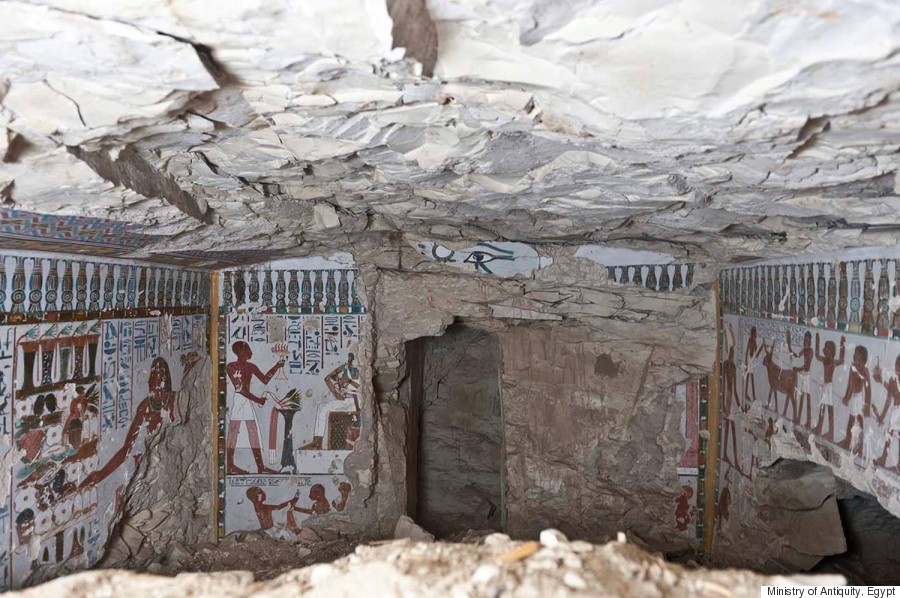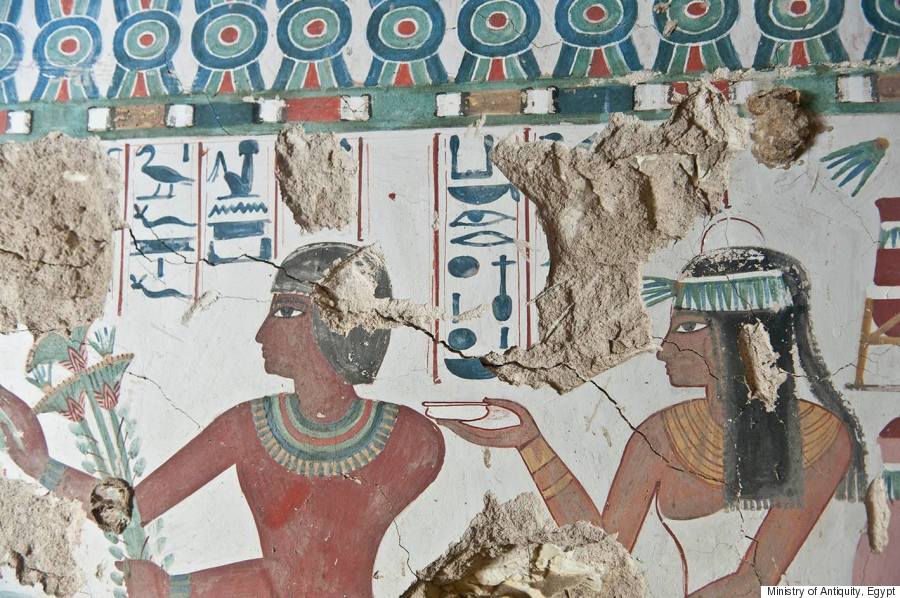Society for American Archaeology April 28, 2015 Dear SAA member, Last year a provision was added to the House version of the annual defense authorization bill (NDAA) that would have amended the National Historic Preservation Act to allow any federal land-managing agency to remove National Register-listed properties under its control from the Register, for reasons of national security. It would also have given agencies the ability to effectively veto the future listing of any other property located on federal land that was proposed for the Register. The adverse consequences of such a change to the NHPA would be enormous. This is especially true given the fact that a listing on the National Register does not preclude federal agencies from upgrading, adding to, or even demolishing historic structures for any reason, including national security. The Department of Defense, the National Park Service, and the ACHP all testified in strong opposition to the provision. In addition, a...
Sidebar
Contact R. Joe
Ask a question
ShovelBums Information

You gotta love the internet. My cousin visited an active archaeology excavation in Downtown San Luis Obispo on Friday and posted the pictures over the weekend. I knew a company had posted on ShovelBums for work there a couple of months ago so I was guessing it was them. I threw the pic up on facebook and within an hour the crew was being tagged in it already. Comments

SAVE IOWA HISTORY! Restore Funding for the State Historical Society of Iowa Libraries and Archives. Keep physical records of Iowa history accessible to all. Reorganization plans for the State Historical Society of Iowa (SHSI) endanger the preservation of Iowa history contained in diaries, letters, photographs, maps, oral histories and other materials housed at the Society's two libraries in Des Moines and Iowa City. Drastic reductions in operating hours and staff, the diversion of resources to unrelated activities, and recommendations to "streamline" the SHSI libraries threaten public access to the state's history. Iowans risk being severed from their past. On behalf of all Iowans and others interested in the history of the greater Midwest, we make the following requests of the Iowa Department of Cultural Affairs, which oversees the SHSI: 1) Guarantee accessibility to the physical records of Iowa's history at the State Historical Society of Iowa libraries and archives. Maintain the operation of...

This blog was adapted from an original post by Steven James Walker that he wrote about an article that appeared on i09 (and other sites) about the "earliest" d2 die. http://io9.com/5958203/is-this-the-oldest-d20-on-earth . My thoughts? They didn't need the die because they were living Dungeons and Dragons in real time!. Steven James Walker writes: So this thing about a 3rd century BCE twenty sided die popped up in my feed. The article claims it to be oldest ever d20. Well, it isn't, but it is still pretty cool. The one that appeared on i09 and seems to be making the rounds today was acquired by the Met in 1910, and they have three of roughly the same antiquity (check the 'related objects' on this page: http://www.metmuseum.org/collection/the-collection-online/search/551072?&imgno=0&tabname=related-objects ). A (very quick) bit of sluthing has revealed very little research on these kinds of objects has been done, but a non-peer reviewed paper seems to have a pretty...

Ben Brotemarkle, FOR FLORIDA TODAY Many Florida towns were built around Seminole War forts. Some, such as Fort Pierce, Fort Lauderdale, and Fort Myers, retain their fort names. Fort Shackleford was constructed in 1855 during the Third Seminole War. Archaeologists continue to search for its exact location. Archaeologist Dr. Annette Snapp is operations manager for the Ah-Tah-Thi-Ki Seminole Indian Museum in Clewiston, and is leading the effort to find Fort Shackleford.Snapp will give a free presentation at 7 p.m. Fridayfor the Florida Historical Society Archaeological Institute at the Brevard Museum of History and Natural Science, 2201 Michigan Ave. in Cocoa. Seminole Indians moved to Florida in the 1700s to avoid the expanding American colonies. Runaway slaves found sanctuary here with the Seminoles. White settlers also began coming to the area after the American Revolution to take advantage of Spanish land grants. The First Seminole War started in 1816, when General Andrew Jackson began...







Archaeologists in Egypt say they've discovered not one, but two beautifully decorated ancient tombs near the historic city of Luxor. The tombs, found earlier this month in the Sheikh Abd el-Qurna ('Tombs of the Nobles') archaeological site, are believed to date back to the 18th Dynasty of the Egyptian New Kingdom (1543-1292 B.C.), according to a written statement from The American Research Center in Egypt. Both were covered in hieroglyphics and colorful murals on plaster depicting the tomb's owners, who are believed to be father and son. Both tombs contain debris and evidence of ancient looting and vandalism, according to the statement. The tombs share a courtyard with the Tomb of Djehuty , which was commissioned by a royal cupbearer for the pharaohs Hatshepsut and Tuthmosis III, Discovery reported. A god's doorkeeper and his wife. The first tomb , discovered on Mar. 2, belongs to an Amenhotep (doorkeeper to the Egyptian god Amun) surnamed...




"Kindred Spirits" sculpture in Cork, Ireland to honor Choctaw who helped Irish settlers during famine 16 years after the Choctaw and other "civilized" tribes had endured the Trail of Tears and been forcefully relocated to Oklahoma the great potato famine of was spreading in Ireland. While numerous crops were grown in great quantity in Ireland, Britain had earmarked all of them for export as they were "money crops". The consumables that remained were priced to high for the local Irish Catholic farmers who could only afford the domesticated and easy to grow Irish Lumper that the poor had become dependent on. In the United Stated and its territories relief efforts were engaged in by numerous agencies to collect money and supplies to help out the famine victims in Ireland. A group of Choctaw people in Scullyville, Oklahoma area had heard of the plight of Irish and a number of Choctaw gathered on March 23, 1847 to collect funds to...

Chief Luther Standing Bear (Ota Kte - "Plenty Kill" or "Mochunozhin") Chief Luther Standing Bear (Ota Kte) (December 1868-February 20, 1939) was an Oglala Lakota chief holds a fascinating place in relation to the Native American sphere. He was born into a period of time where he could still be immersed in the oral traditions and his native culture. But he was also educated at the Carlisle Indian Industrial School, traveled with the Buffalo Bill Wild West show, lived on the reservation, worked and taught school ($300 month) at the Rosebud agency in South Dakota, met King Edward VII of England and went on to write important books from the perspective of a Native American who understood how to communicate to the encroaching populations. His works helped to develop an appreciation for what Native American culture could offer other and helped to created popular support for helping to bring about positive changes to government policies towards Indians. Here are...
